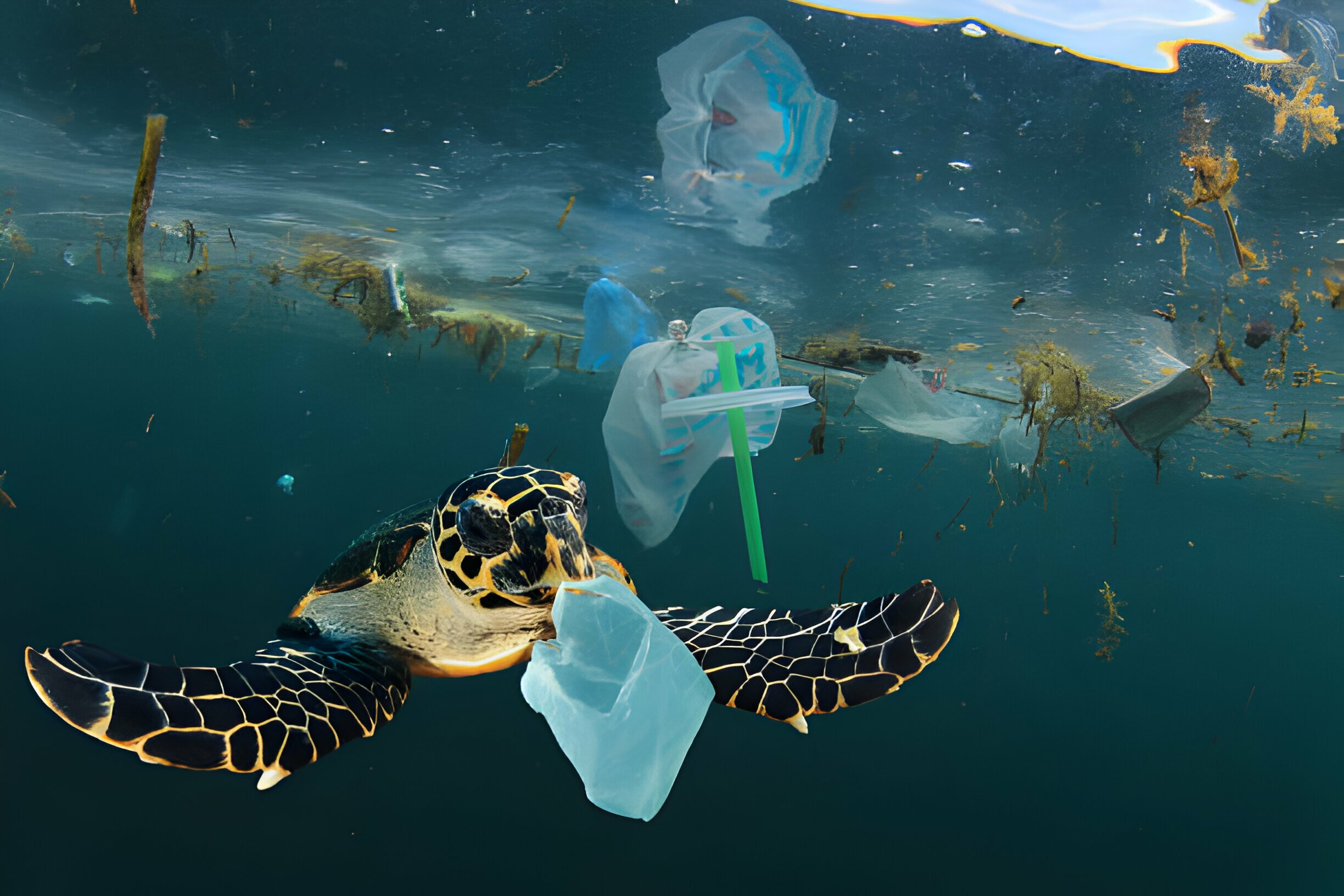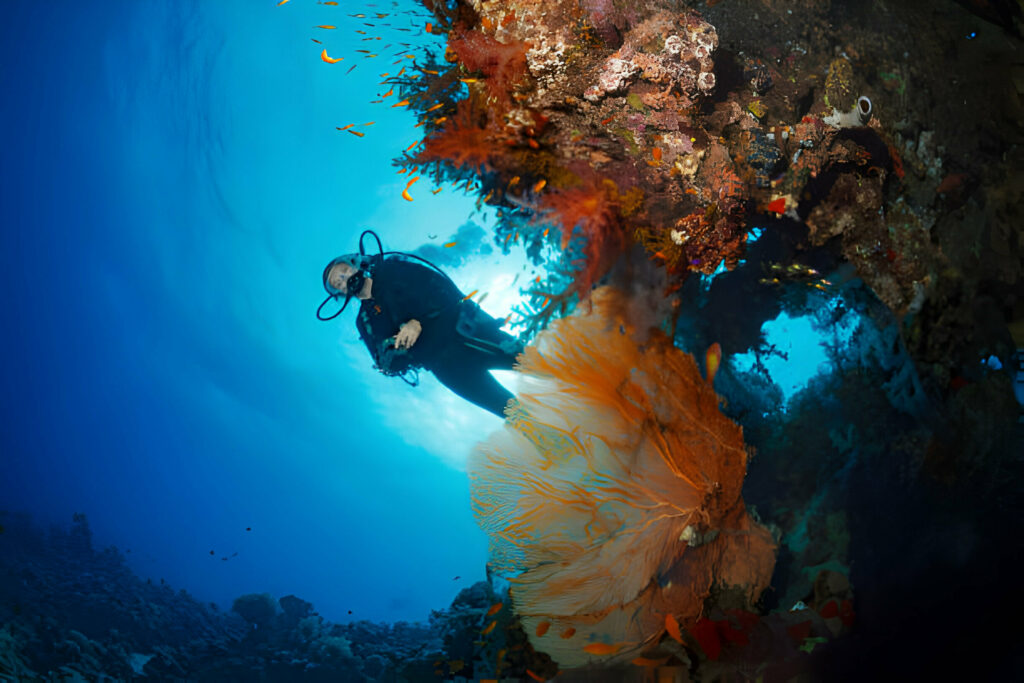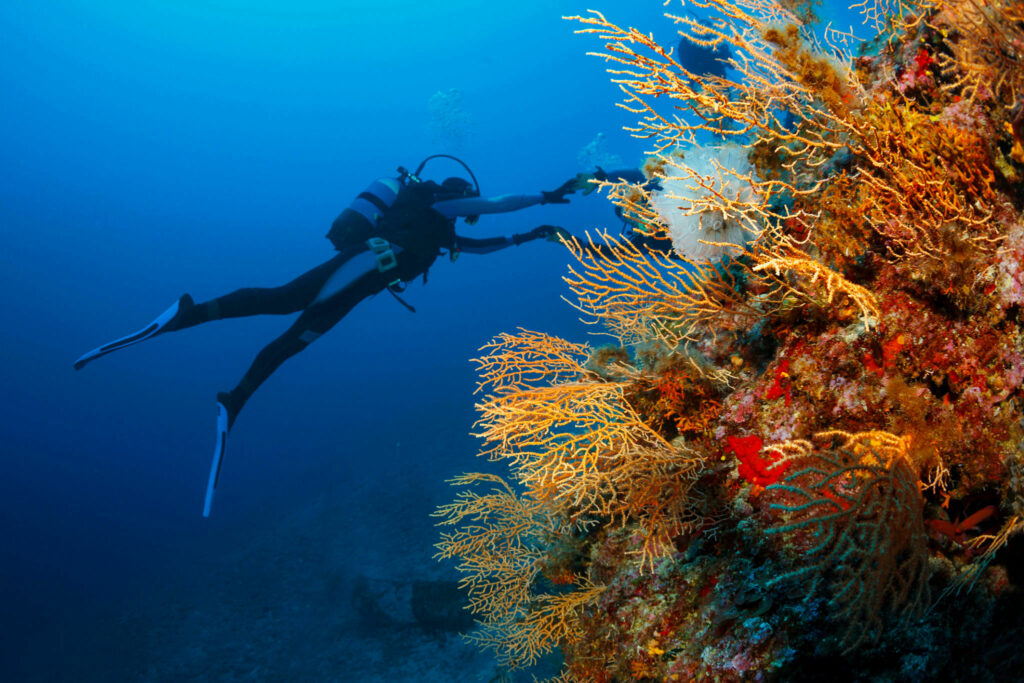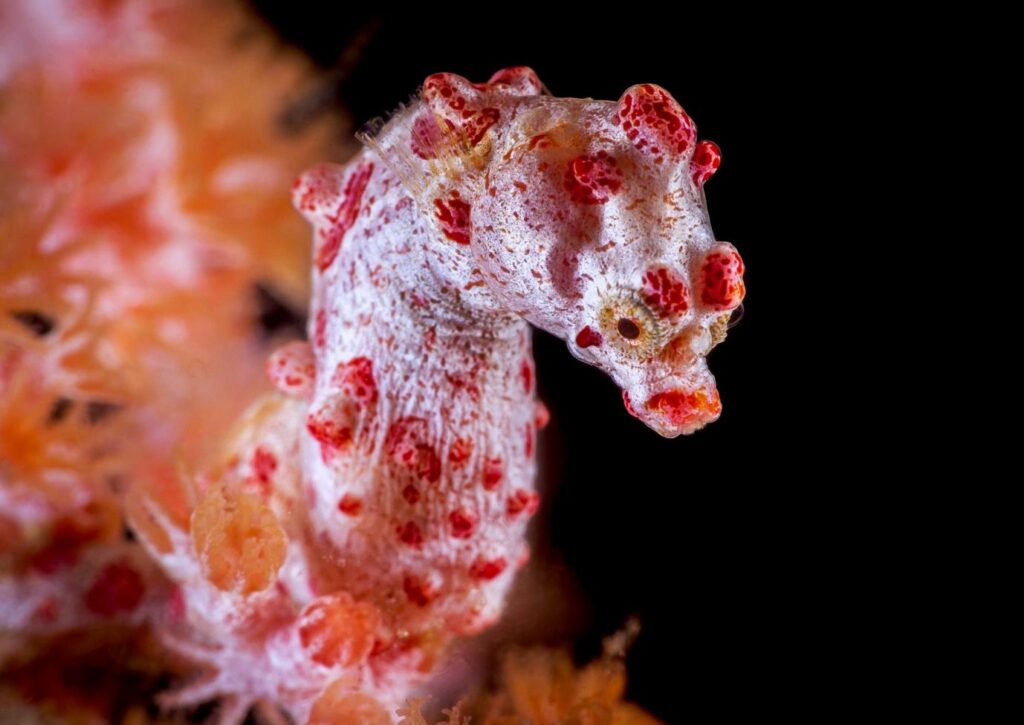Ocean Pollution - 10 Dirty Facts

The world’s oceans are facing a growing crisis due to pollution, causing harm to marine life and ecosystems. From plastic waste to chemical runoff, the impact of human activity on the oceans is significant. In this article, we will explore the alarming facts about ocean pollution and its detrimental effects on the environment. Understanding the gravity of this issue is crucial in taking steps towards preserving the health and vitality of our oceans.
The Consequences of Ocean Pollution
Ocean pollution has far-reaching consequences that affect not only marine life but also human beings and the planet as a whole. The presence of plastic waste in the oceans not only poses a threat to marine animals through ingestion and entanglement but also leads to the release of harmful chemicals into the water. These chemicals can then enter the food chain, potentially impacting human health when seafood is consumed.
Furthermore, chemical runoff from agricultural and industrial activities contributes to ocean pollution, leading to disruptions in the balance of marine ecosystems and the destruction of coral reefs. The loss of coral reefs is not only detrimental to marine biodiversity but also impacts coastal communities that rely on these ecosystems for protection against waves and storms.
As we delve deeper into the issue of ocean pollution, it becomes evident that urgent action is necessary to address and mitigate these harmful effects. In the following sections, we will discuss specific sources of ocean pollution and potential solutions to combat this pressing environmental challenge.
1. 14 Million Tons of Plastic Are Dumped in the Ocean Each Year
It is estimated that a staggering 14 million tons of plastic are being dumped into the world’s oceans every year. This pollution has severe consequences for marine life, as many animals mistake plastic for food and become entangled in it. Additionally, the presence of large amounts of plastic in the ocean disrupts marine ecosystems and poses a threat to the health of various species. Efforts to address this issue include global initiatives to reduce single-use plastics and promote recycling, as well as the development of innovative technologies to clean up plastic waste from the ocean.
2. 100,000 Animals Die Annually Due to Plastic Entanglement
Each year, an estimated 100,000 marine animals die due to plastic entanglement, and this number is expected to rise if immediate action is not taken to address ocean pollution. Plastic waste, including fishing nets, lines, and other debris, poses a significant threat to sea turtles, seals, seabirds, and other marine creatures who often mistake it for food or become caught in it. The tragic consequences of plastic entanglement highlight the urgent need for comprehensive solutions to reduce and remove plastic waste from our oceans. Efforts to clean up existing ocean debris and prevent further pollution are imperative to protect marine life and ensure the health of our oceans for future generations.
3. Human Activity has Created Ocean ‘Dead Zones’
Human activity, particularly the release of agricultural and industrial pollutants, has led to the creation of “dead zones” in the ocean. These dead zones are areas with extremely low oxygen levels, making them uninhabitable for most marine life. The pollutants contribute to excessive algal growth, which depletes the oxygen in the water when the algae decomposes. As a result, fish and other marine organisms suffocate and die. Efforts to address this issue include stricter regulations on nutrient runoff from agriculture, better wastewater treatment, and reducing industrial pollution. Additionally, research and monitoring of these dead zones are essential in order to mitigate their impact and prevent further expansion.
4. The Devastating Impact of Plastic Pollution
It is shocking to realise that the amount of plastic in the ocean has the potential to cover the Earth 400 times over. The sheer magnitude of this issue is a stark reminder of the urgent need for action to address plastic pollution. As plastic continues to accumulate in our oceans at an alarming rate, it poses a severe threat to marine life and ecosystems. The devastating impact of plastic pollution demands immediate attention and concerted efforts to mitigate its effects.
5. Many Countries are Offloading Their Ocean Pollution Problems to Other Countries
This issue of ocean pollution is further exacerbated by the fact that many countries are offloading their ocean pollution problems to other countries. This irresponsible behaviour not only shifts the burden of pollution onto nations with potentially less stringent environmental regulations, but it also perpetuates the cycle of pollution without addressing its root causes. It is imperative for international cooperation and agreements to be established to prevent the transfer of pollution from one region to another. Additionally, stringent enforcement of regulations and the implementation of sustainable waste management practices are essential to combat this global challenge.
6. Single-Use Plastic is the Biggest Offender
Single-use plastic is the biggest offender when it comes to ocean pollution. Items like plastic bags, bottles, straws, and packaging make up a significant portion of the plastic waste that ends up in the ocean. The convenience of single-use plastic has led to its widespread use, but it also contributes to the staggering amount of plastic pollution in our seas.
Efforts to address this issue have included initiatives to reduce the production and consumption of single-use plastics, as well as promoting alternatives that are more sustainable. Awareness campaigns and policy changes aimed at banning or restricting certain single-use plastic items have also gained momentum in various parts of the world.
However, combating single-use plastic pollution requires a multifaceted approach that involves not only reducing its usage but also improving waste management systems, promoting recycling, and fostering innovation in sustainable materials. The transition to a circular economy that minimises waste and maximises the value of resources is crucial in tackling the pervasive problem of single-use plastic pollution in our oceans.
7. Rising Ocean Acidity is an Issue
Ocean acidity is a pressing issue caused by the absorption of carbon dioxide from the atmosphere. As carbon dioxide dissolves in the ocean, it reacts with water to form carbonic acid, leading to a decrease in the pH level of the water. This decrease in pH, known as ocean acidification, can have detrimental effects on marine life, particularly on shellfish, corals, and other organisms with calcium carbonate shells or skeletons. As the acidity increases, it becomes more challenging for these organisms to build and maintain their protective structures, ultimately impacting the entire ocean food chain. Finding ways to mitigate ocean acidification is crucial for the health of marine ecosystems and the sustainability of our planet.
8. There is an Ocean Garbage Patch Twice the Size of Texas
The Great Pacific Garbage Patch, located between Hawaii and California, is estimated to be twice the size of Texas. This floating mass of plastic debris, chemical sludge, and other trash is a significant concern for ocean health, wildlife, and human communities. The patch is created by the ocean’s currents, which gather and concentrate marine debris from across the Pacific Ocean. The impact of this vast accumulation of garbage extends to marine animals, with reports of ingestion, entanglement, and other harmful interactions. Efforts to address this colossal garbage patch include clean-up initiatives and policies aimed at reducing the production and disposal of single-use plastics. Collaborative action on a global scale is critical to tackling this environmental crisis and safeguarding the future of our oceans.
9. Plastic Microfibers Are a Growing Threat
In addition to larger plastic waste, microfibers from synthetic clothing and textiles are now recognized as a significant contributor to ocean pollution. These tiny particles shed from garments during washing and ultimately find their way into waterways and oceans. Once in the marine environment, microfibers can be ingested by marine organisms, potentially causing harm and disrupting ecosystems. Addressing this pervasive issue requires a concerted effort from industries, consumers, and policymakers to develop and adopt sustainable practices for textile production and waste management.
10. Industrial and Agricultural Runoff Contaminate the Oceans
Industrial and agricultural activities contribute to ocean pollution through the release of chemicals, fertilisers, and other contaminants into rivers and coastal areas. Runoff from these sources can introduce harmful substances such as pesticides, heavy metals, and excess nutrients into the marine environment, leading to water quality degradation and harmful algal blooms. These pollutants pose a threat to marine life and can have cascading effects on ecosystems, including fish kills and habitat destruction. Implementing effective regulations, sustainable agricultural practices, and pollution control measures is essential to minimise the impact of industrial and agricultural runoff on our oceans.
As we confront the realities of ocean pollution, it is evident that comprehensive and immediate action is needed to address the diverse and widespread threats facing marine ecosystems. From reducing plastic waste to mitigating ocean acidification and controlling industrial runoff, the preservation of our oceans requires a united and concerted effort from individuals, communities, and nations around the world.
ALSO READ : Top 10 Things to Do in Raja Ampat
Enjoy a Diving Trip in Raja Ampat and Komodo with La Galigo Liveaboard

La Galigo is known as one of the best liveaboard diving boats in Raja Ampat Indonesia, and it offers trips to well-known diving destinations such as Komodo and Raja Ampat. The Coral Triangle is located in Indonesia, which has the highest marine biodiversity on the planet.
La Galigo Liveaboard Diving was founded in 2015 by two avid divers who wanted to explore some of Indonesia’s pristine reefs but found that all existing scuba diving options were frequently out of their budget, and wanted to provide an affordable option for everyone to be able to explore these beautiful places.
La Galigo Liveaboard Diving in Raja Ampat & Komodo is a friends and family affair, and our liveaboard diving trips are always focused on fun, safety, guest comfortability, and are exceptional value for money. Our trip prices range from $2,160 for a six-day Komodo liveaboard diving trip to $3,815 for an eight-day Raja Ampat liveaboard diving trip. The price includes four meals a day, diving or snorkelling three to four times a day, and land tours.





